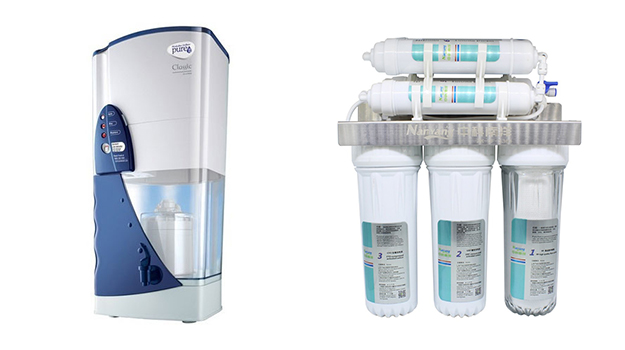- Smart Watch Payments and Digital Wallets in the Philippines - June 8, 2023
- Front-Load vs. Top-Load Washing Machines - May 25, 2023
- Pros And Cons Of Wireless Charging Power Banks - May 10, 2023
Last Updated on
A variety of factors can influence the type and method for filtering water in your home. Things to think about include how fast a community has been drinking their tap water, what types materials are used near plumbing systems or lead pipes (which may cause elevated levels), as well as affordability considerations such those listed above with some other important topics too!
In this post, we will explain the most common types of Water Purifier to guide you on looking at what you would need for your own household
Reverse Osmosis
Reverse Osmosis is a method of water filtration in which our bodies are designed to eliminate contaminants. The membranes use small pores that allow liquid molecules through but keep outside particles like rust or bacteria out, so it’s safe for us drinking the end result! RO filters tend not only be cheap compared with other types but can also last longer because they’re less susceptible atmospherically than say distillation systems.
Reverse osmosis is a great way to get clean, safe water for drinking and cooking. It usually combines with other filters such as the mechanical (sediment) filter that removes larger particles while retaining everything else in your purification process including activated carbon which absorb any remaining lead or arsenic levels from pipes before they enter our homes.
Activated Alumina
Experts agree that activated alumina is the best material for removing fluoride from drinking water. With many pores on its surface, this type can reduce up to 99% of concentration in normal fluoridated tap water with no coloring impurities.
Distillation
Distillation is a process of water purification with very high efficiency. During this, the user boils their source liquid until it condenses back into its vapor state and can later be collected in an air-tight container for drinking purposes only to families who live at home or smaller groups such as those working on construction sites where access to running faucets may not always apply depending upon project location/
UV systems
UV systems are a great way to make your water safe, especially if you live in a place where there might be a risk of serious illness from unfiltered or untreated sources. UV filters remove organic matter and excrement which can cause disease without proper filtration before they enter our drinking supply! Systems like these require regular maintenance as well-you’ll have replace elements on occasion for both effectiveness and longevity of use too.
Activated Carbon
Activated carbon is a form of charcoal that has been processed to maximize the number of pores on them. When water flows through an activated carbon filter, its large surface area will trap any pollutants inside and keep it from reaching your drinking supply or other types within your home’s plumbing system such as chlorine gas which can be present in certain homes’ plumbing systems. Activated carbon is the most common type of water filter and it’s very reliable, however there can be significant differences in quality. Carbon systems come with many different styles like portable bottles or jug filters which make them easy to store when not installed anywhere as well as tap-based models for those who don’t want anything permanent on their sink counters tops.
Ceramic
Ceramic water filters are great for removing contaminants and bacteria from your drinking water. Unlike other types of filter, ceramics have tiny pores which allow only particles smaller than its size limit into the unit – anything larger will be kept outside where it belongs! The best part about these special filters is how easy they can make making sure you always stay hydrated with clean healthy stuff because there’s no need to worry about pesky things like mold or algae changing what makes up our favorite beverage source.

